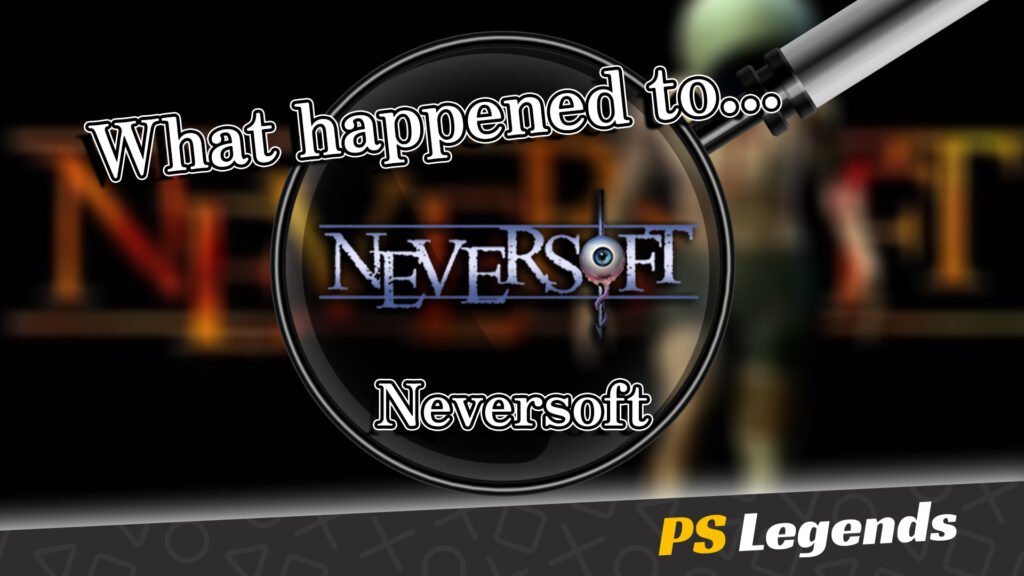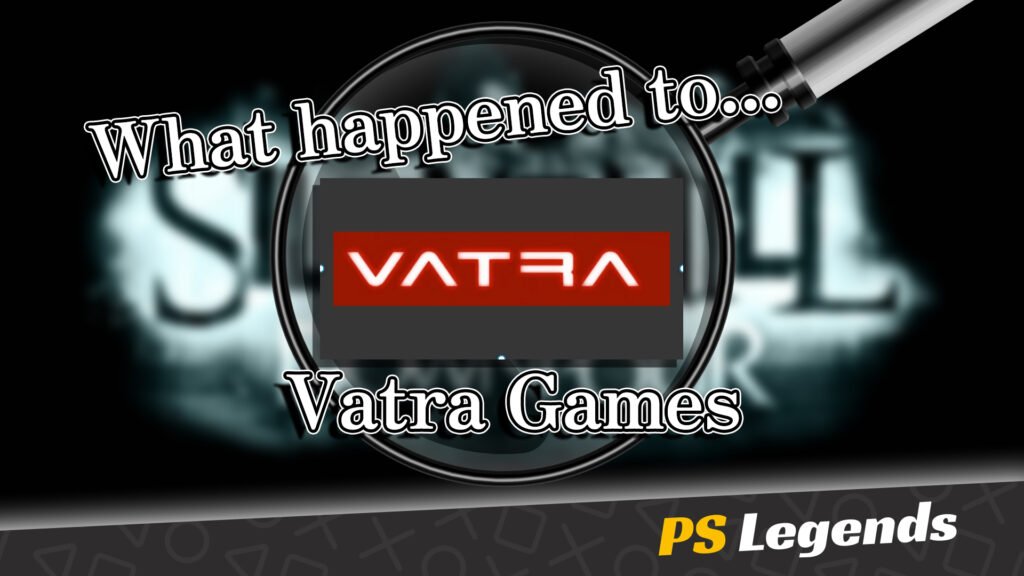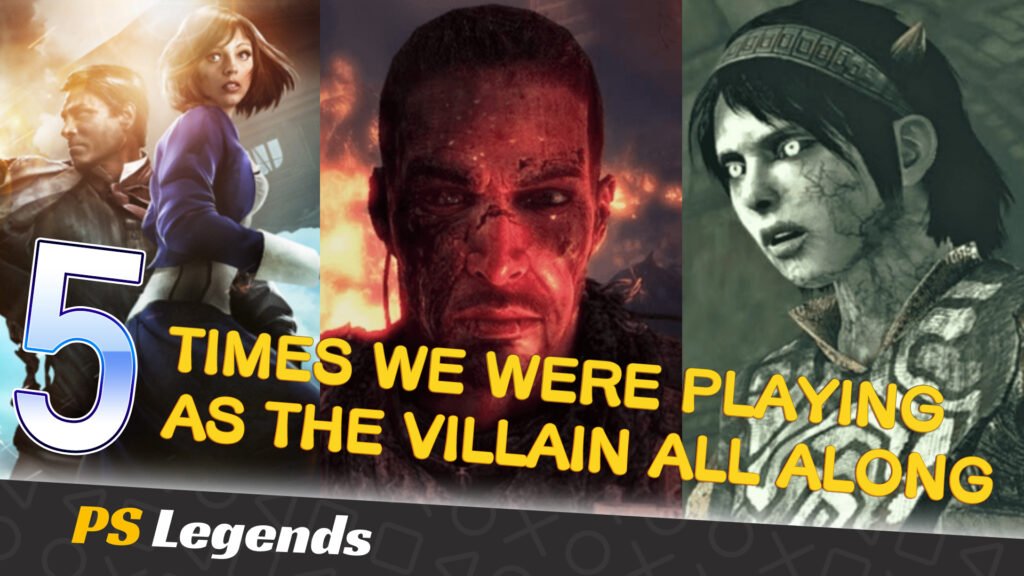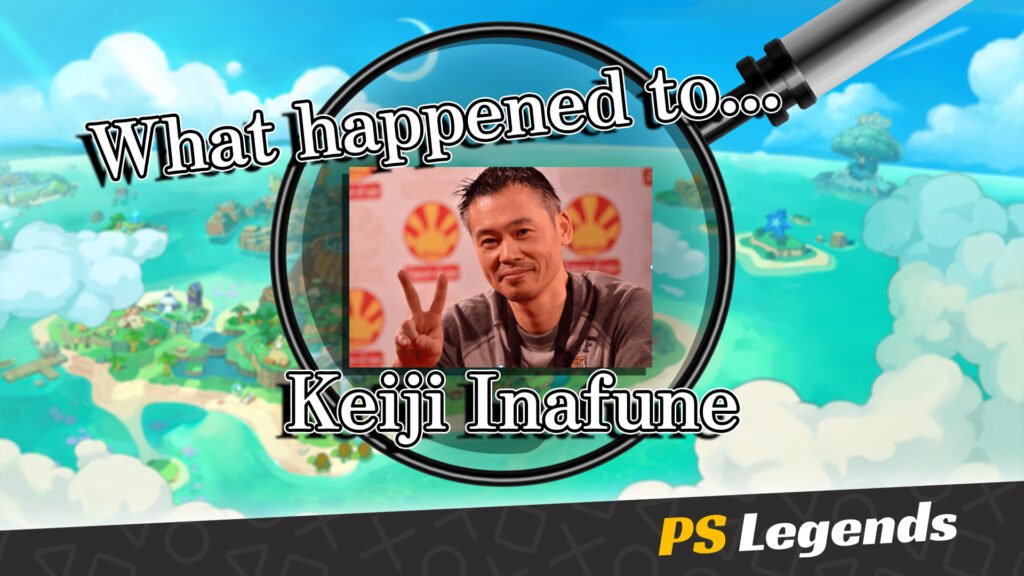Complicated
Neversoft was founded in July 1994 by three employees of Malibu Interactive (previously known as Acme Interactive), a division of Malibu Comics based in Westlake Village, California. At that time, the primary home gaming consoles were the Sega Genesis/Mega Drive and the Super Nintendo Entertainment System. Games for these systems could be developed by small teams, with anywhere from two to ten employees.
As a result, it was much easier to set up a game development company, and several employees had already left Malibu Interactive to find success on their own. Joel Jewett, a native of Montana, was at the time head of development at the rapidly shrinking Malibu Interactive. He teamed up with Mick West, a game programmer, who had just completed work on BattleTech for the Genesis, and Chris Ward, a video game artist.
In July 1994, Neversoft was formed. The team initially found work for Playmates Interactive, a then-division of Playmates Toys who were about to release the line of Skeleton Warriors toys and wanted a video game to go alongside the toys and cartoon series. Neversoft began work on the game design and moved into offices in Woodland Hills, California. Neversoft worked on the Genesis version for five months. During this time, they hired another artist and a level designer.
In December 1994, Playmates cancelled the game. They were not unhappy with the progress, but had decided that they needed to develop the game for the Sega Saturn instead. 1995 was spent developing Skeleton Warriors for the Sega Saturn. Over the course of 1995, Neversoft grew rapidly by hiring three programmers, five artists, a level designer, a tester and an office administrator. Skeleton Warriors was finished in time for the 1995 holiday season and Neversoft began looking for other work while they ported Skeleton Warriors to the PlayStation in 1996.

Keep Holding On
Neversoft continued to expand during 1996, increasing to over twenty employees. They worked for six months on a game based on Marvel’s Ghost Rider comics for Crystal Dynamics, which was cancelled due to financial troubles with the publisher. With some excess capacity, Neversoft started to develop a game of their own design, initially called ‘Big Guns’. The technology developed there was used in their next project, a conversion of the PC game MDK.
Towards the end of 1996, Neversoft sold the concept for Big Guns to Sony Computer Entertainment and promptly began development. 1997 was a tumultuous year for Neversoft. The MDK conversion took far longer than expected, and the Big Guns game (renamed ‘Exodus’) went through numerous design changes at the behest of Sony and was eventually cancelled in November 1997. The company shrunk back to just twelve employees. Neversoft spent the next few months shopping around their technology, meeting with numerous companies and looking for work.

In January 1998, just as Neversoft was about to run out of funds, they had a meeting with Activision, who were looking for someone to re-develop Apocalypse, a failed internal project. The technology developed for Big Guns turned out to be ideal for the project, Activision was impressed and Neversoft began work on Apocalypse. In May 1998, development of Apocalypse was progressing well, and Activision signed up Neversoft to develop a prototype for a new skateboarding game.
Sk8er Boi
The initial prototypes for Neversoft’s new skating game resembled the arcade game, Top Skater. Production of Apocalypse wrapped up in October 1998 and development began in earnest on Tony Hawk’s Pro Skater for the PlayStation. By the end of 1998, the game development was in full swing and Neversoft comprised 16 people: six programmers, five artists, three level designers, one producer and Joel, the company’s president.

Tony Hawk’s Pro Skater was met with critical acclaim. The game resulted in a successful franchise, receiving eight annual sequels developed by Neversoft from Pro Skater 2 (2000) to Proving Ground (2007). It is also credited with introducing skateboarding to a more mainstream global audience. From 1999 to 2007, Neversoft developed a total of nine Tony Hawk’s Pro Skater games and increased their employees to over 150.
In 2004, the company split into two teams to work on two games at once, the relevant Tony Hawk’s game and a new intellectual property. In 2005, Neversoft developed a western-themed action-adventure open-world game entitled ‘Gun’, alongside Beenox and Rebellion Developments. It was well received by game critics and won several awards.

Rock ‘n’ Roll
In 2006, Activision acquired the Guitar Hero series from Harmonix Music Systems, as well as RedOctane, and chose Neversoft as the developer. Neversoft developed several games in the franchise, breaking several records with Guitar Hero III: Legends of Rock. With the game’s success, Neversoft focused on developing new Guitar Hero games, passing development of new Tony Hawk’s games to developer Robomodo.
The games following Guitar Hero: Warriors of Rock (2010) would be developed by Vicarious Visions, developers of the Wii ports and Guitar Hero: Van Halen. This was due to Neversoft’s higher production costs due to its larger workforce, alongside the series’ now rapidly dwindling popularity. In light of this, 50 employees were laid off at Neversoft on February 11th, 2010.
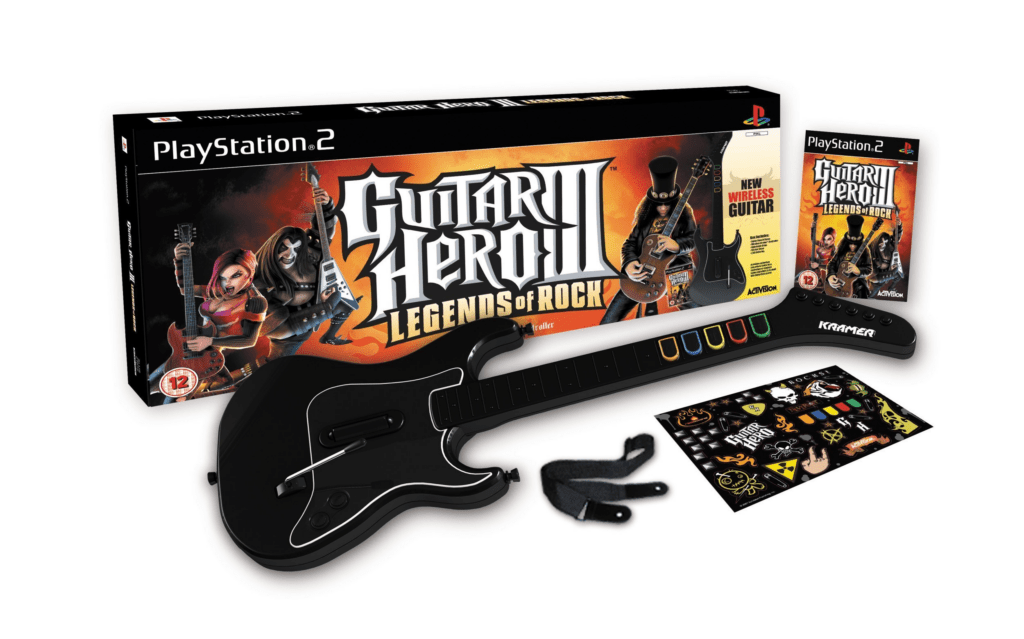
I’m With You
The last game in the Guitar Hero franchise by Neversoft was Guitar Hero: Warriors of Rock in 2010, which received mixed reviews and sold poorly. Due to this, Activision reduced Neversoft to a support studio for future Call of Duty games.
Starting in 2011, the studio worked in collaboration with numerous Activision studios on Call of Duty: Modern Warfare 3 and Call of Duty: Ghosts, and following the release of the latter, Neversoft was merged with Infinity Ward on May 3rd, 2014, internally referred to as a “super-studio”. The last game the studio worked on was Call of Duty: Advanced Warfare, developed with Sledgehammer Games and released later that year.
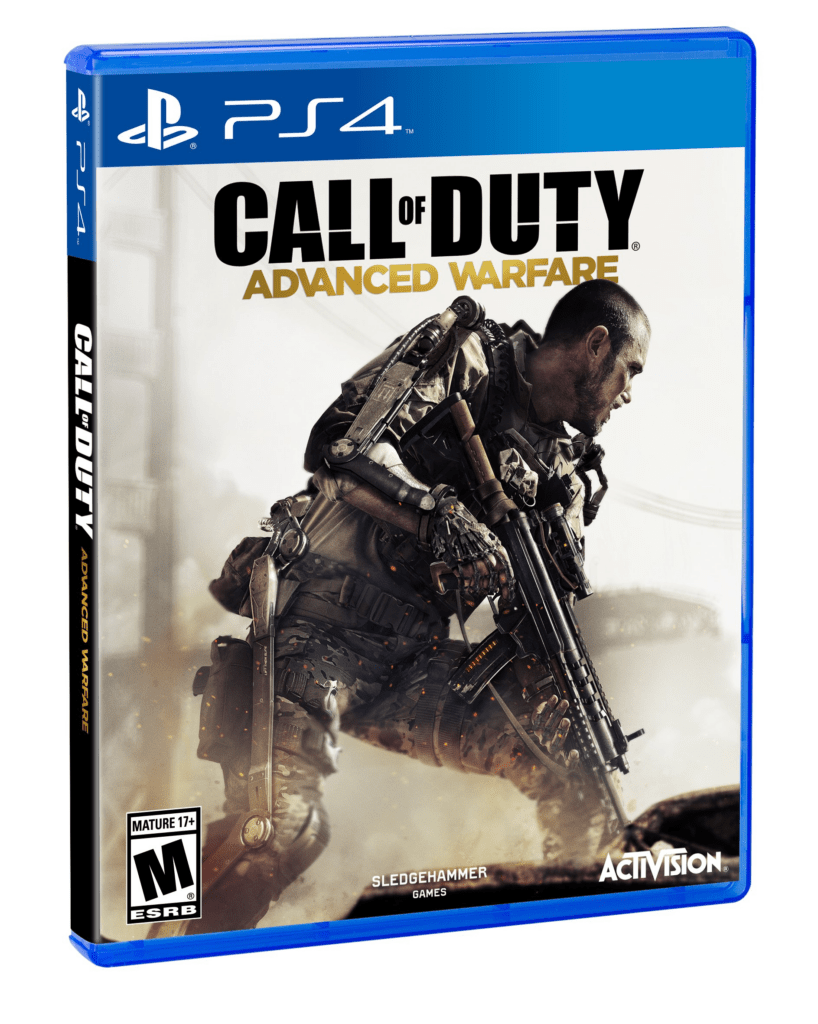
Neversoft was officially made defunct on July 10th, 2014, 20 years to the day of its founding, with the remaining employees attending a burning of a sculpture of the company’s iconic skewered eyeball featured on their logo that had been previously displayed in their offices.
